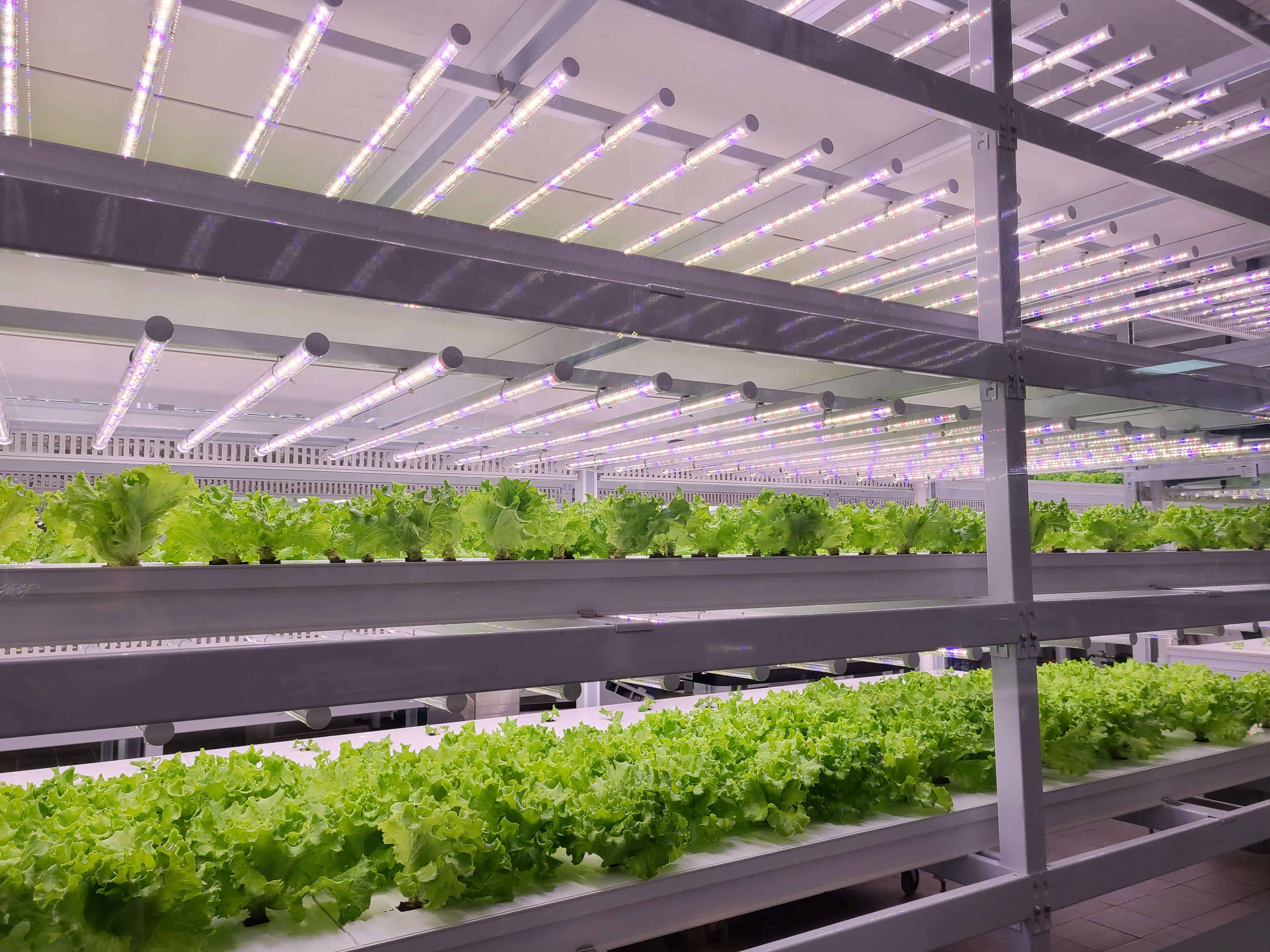In a recent exchange of ideas, Sonia Lo unfold.ag's CEO and a board member at Urban-gro, together with Randy Frederick, a strategic advisor at Urban-gro, dissected the CEA and Vertical Farming sector & the challenges faced. The conversation touched on specific challenges and future possibilities.
Key topics in the discussion included choices for lighting in CEA setups and genetic limitations of specific crops in vertical systems. Both experts highlighted the necessity of harmonizing technological advancements and operational prowess and underlined the requirement for an all-inclusive strategy in response to market needs.
Looking forward, both veterans emphasized the necessity for clearly defined business strategies, regulatory backing, and well-laid market pathways for prosperous vertical farming enterprises. They saw growth potential not only limited to urban settings but also the possible role of vertical farming in reforestation efforts.
Thoughts on Building a Facility
Lighting is a major distinguishing factor in CEA setups. Sonia Lo highlighted that growers could decide between mid-cycle or top-tier lighting innovations. The latter tend to be more expensive due to their superior effectiveness. Construction of facilities typically takes 5 to 10 years, hence the need for growers to consider the depreciation schedule when choosing lighting solutions. Lo also underscored the importance of testing lights for future capabilities during construction.
Deciding between vertical and horizontal configurations in CEA facilities affects the components involved. Sonia suggested that horizontal tray systems are better suited for certain crops, like vine crops. The current genetics of these crops limit their growth beyond a lab scale in vertical farming.
The conversation also tackled the evolution of vertical farming techniques. Sonia Lo talked about her experience at Crop One, where they achieved unit-level profitability by employing multiple cutting techniques for leafy greens. However, she stressed that successfully implementing multi-cutting requires extensive trialing and screening to determine suitable genetics and irrigation formulas.
Sonia and Randy emphasized the importance of a solid business plan and a competent management team on the scalability of vertical farms. More than relying solely on technology as a value proposition, successful vertical farming businesses maintain a balance between technology and practicality. This allows them to harness technology for growth and product development while focusing on operational excellence to meet market demands.
Randy Frederick also delved into the everyday challenges growers encounter in building and operating CEA facilities. A strong management team and a well-thought-out business plan are critical. Sonia Lo agreed that the industry is changing, with investors now emphasizing operational excellence more than advanced technologies.
Identifying Opportunities and Challenges in the Future of CEA & Vertical Farming
Given its potential to tackle food security issues, lower environmental impact, and provide fresh produce to urban areas, this modern farming method has attracted the attention of entrepreneurs, investors, and policymakers.
Sonia Lo underlined the necessity for continued investment in vertical farming. She acknowledged its importance in the agricultural landscape and emphasized the need for prudent investment decisions focusing on profitability and market understanding. Even though the industry is consolidating, numerous growth opportunities remain.
Discussing potential pitfalls in vertical farming enterprises, Lo pointed out that industry entrepreneurs generally comprehend the challenges and are ready for the hard work required. Transparent business models, well-defined market routes, and an understanding of the customer base and needs are crucial for success.
On regulatory aspects, Sonia Lo mentioned that while there may not be significant regulatory loopholes, governments are recognizing the value of CEA & vertical farming and exploring avenues for support. For instance, financial instruments like research and development tax credits are available in the United States to aid vertical farming initiatives.
Lo expressed her belief in vast unexplored opportunities within the sector. She visualized growth from urban areas in concentric circles, with various vertical farms addressing different markets. These circles represent systems from small-scale personal gardens to compact, high-yield farms within suburban or urban areas. She also noted the potential role of vertical farming in boosting reforestation efforts and regenerative farming.
Lo and Frederick also discussed the established greenhouse clusters within a 400-mile radius of urban centers and the municipal-level scale vertical farms integrated into the energy infrastructure.
Given the current economic climate due to the COVID-19 pandemic, Lo called for governments to adopt a generational perspective when investing in transformative infrastructure like vertical farming. Carbon capture in vertical farming was also a point of discussion, along with the relationship between vertical farming and traditional farming methods.
Concluding their exchange, both experts agreed that vertical farming holds the potential to overhaul agriculture and tackle pressing issues such as food security and climate change. However, continued research, investment, and technological advancements are vital to unlocking vertical farming's full potential.
Image provided by urban-gro


